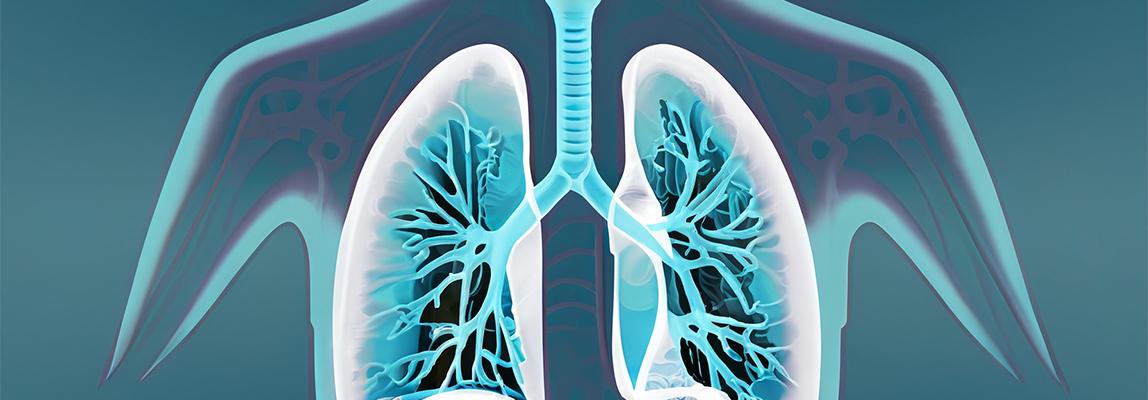
Exploring AI in healthcare: Kian van Holst's image classification project
06/23/2023 - 13:29
We talked to Kian van Holst, a first-year Applied Data Science and Artificial Intelligence student at BUas, about the project that he has been working on this year.